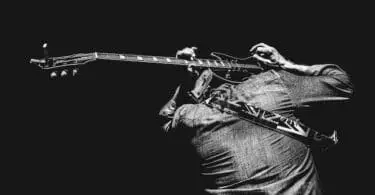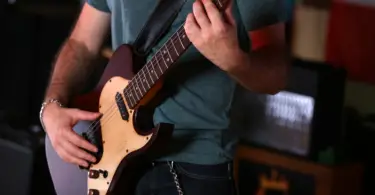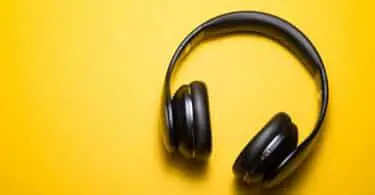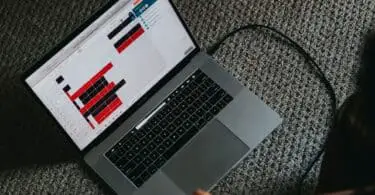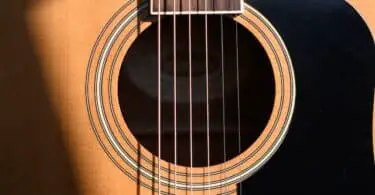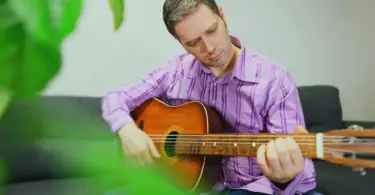Guitar pedal is one of many guitar accessories a guitarist will want to acquire for a better guitar playing experience.
With all the different types of guitar pedals available today, it might not be easy to choose your very first guitar pedal. But without the proper knowledge about the fundamentals of guitar pedals may only give you trouble.
Guitar pedals, often known as effects pedals or stomping boxes, are tiny electronic gadgets that modify the sound of your guitar. Guitar pedals are generally used to create effects like delay, wah-wah, distortion, and overdrive. Yet, you may use effects pedals to alter the guitar’s tone’s volume, equalization, and other fundamental components.
To learn how to use guitar pedals, attach them to your amp and instrument, then explore different tunings and settings until you obtain your desired sound.
Quick Links
Connecting your guitar pedal
Connecting the pedal is an important method you need to recognize in learning how to use it. Below are the SEVEN guidelines that you may easily follow in connecting the pedal to your guitar and amplifier.
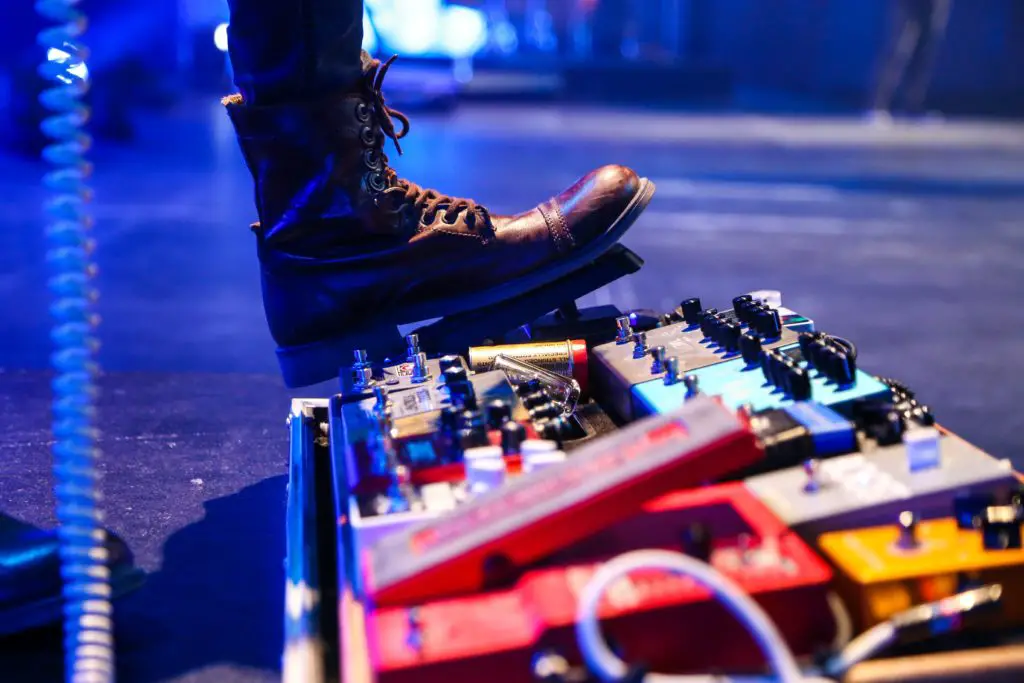
1. To power the pedal, insert a 9-volt battery
Next, you have to turn the screws on the sides or bottom of the pedal counterclockwise to remove them. Then, you may take the faceplate to make it available to the 9-volt battery connection on the pedal’s bottom. Finally, connect the battery’s positive and negative hook up to activate your pedal with the battery’s negative and positive ends.
You do not have to plug the pedal into a power source if you use batteries. However, when the batteries in some pedals become low, a red warning light illuminates.
If you are unclear how to reach the battery hookup for your specific pedal, see the instruction booklet that came with it.
- The volts (in V). The majority of pedals are 9V, although bigger pedals might be 18V.
- The current draw (in mA). It is the amount of current drawn by the pedal (in milliamps). You must ensure that the power supply you purchase has a greater rating than the pedal.
- The polarity of the central pin. You may locate the central pin in the power jack. It may be both beneficial and terrible.
2. Connect the guitar pedal to an outlet
Instead of using batteries, connect the pedal to an outlet. If you would not want to risk your batteries expiring while playing, you may plug your effects pedal straight into an ac source in your house. The 9-volt power cable input is often located on the pedal’s top or side.
3. Connect a guitar cable to the pedal’s output jack
The majority of pedals and amplifiers use a 14 inch (6.4 mm) guitar cable. Then connect the cable’s one end to the pedal’s output jack. This cord should be long enough to reach from the pedal to your amplifier. It makes no difference which end of the wire you connect into the pedal.
4. Connect numerous pedals for a variety of sounds
Connecting several pedals with a guitar cable allows you to connect them all. For example, connect the cable from the output jack of one pedal to the input jack of the second pedal. Using this approach, you may connect as many pedals as you like. When you use more than one pedal simultaneously, it will mix the effects.
5. Connect the other end of the cable to your amplifier’s input jack
Next, plug the opposite end of the same cable attached to the output jack on your pedal into the input connector on the amp. The wire should connect the pedal to the amplifier.
6. Insert a guitar cable into the pedal’s input jack
Next, use a different guitar wire and connect it to the input jack on your pedal. This guitar wire should be long enough to connect the pedal to your instrument.
7. Insert the cord’s other end into your guitar
The cable jack on the guitar is generally located to the body of the guitar. Next, insert the other end of the wire plugged into the input jack on the pedal into the single jack on your instrument. Your effects pedal is now ready to use.
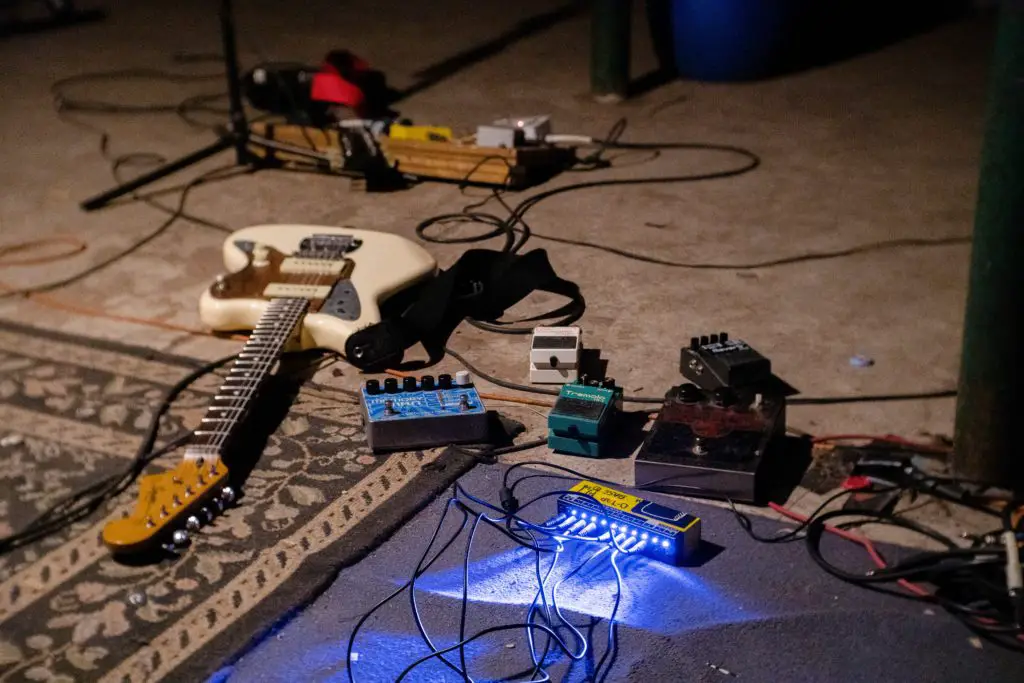
Using an effects pedal to play the guitar
After learning how to connect the pedal, the next thing is how you will use it when playing your guitar. Below are FOUR detailed guidelines that you may learn and start practicing.
1. When utilizing volume and gain pedals, turn the volume down
When playing your guitar, effects pedals such as overdrive and boost may significantly enhance the frequency, loudness, and gain. Reduce the level on your amplifier, so you do not blast out the speakers since you start playing notes.
2. You should turn on your amp and pluck a string
Turn the amp’s front-panel switch to the on position. Play a single note on your guitar. Because the pedal isn’t yet activated, it should sound the same as if you plugged the guitar straight into the amp.
3. You may turn on the effects pedal by pressing it with your foot
Pressing the pedal down will activate the effects, distorting and modifying the guitar amp’s sounds. Try playing anything you typically would and note the difference in sound.
4. To alter the tone of the pedal, turn the knobs
Each pedal will include several knobs that control the tone, loudness, and strength of the distortion. Experiment with the knobs by moving them up and down while you play notes to observe how the sounds of your guitar change.
- Consider the pedals to be effects-on-demand. You may toggle them on and off while playing based on the noises you wish to hear. Many guitarists, for instance, use a wah pedal during a solo and then switch it off again at the conclusion. So you are utilizing the wah pedal as an ‘on-demand effect in this example. It colors your guitar tone while it’s active, and when you turn it off, your guitar tone returns to ‘normal.’
- Guitarists frequently ignore the second technique to utilize a guitar pedal. Guitar pedals are commonly thought of as effects that you may turn on and off throughout a song. The second option is to keep the pedal pressed all the time. In this method, you use a pedal to improve your ‘natural’ guitar tone. It is a wonderful technique to create a distinctive style that would be impossible to achieve with a standard guitar amp.
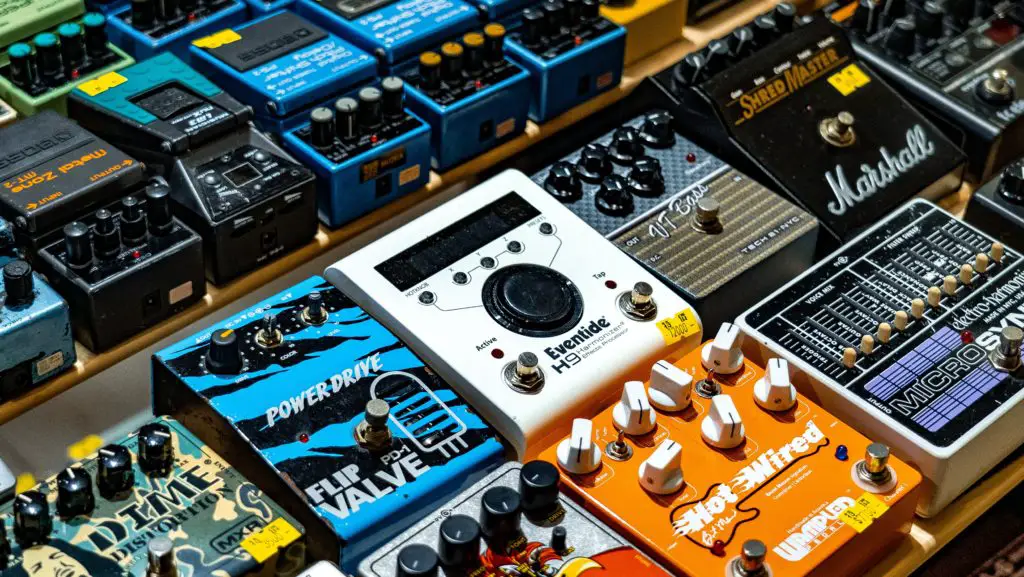
Finding the right guitar pedal for you
Since you have learned how to connect and use the pedal to your guitar and play, it is time to let you know the right guitar that may suit your needs. Below are the SEVEN guidelines for you to find the right pedal for you.
- To enhance the loudness of your guitar, use a boost pedal. A boost pedal boosts your guitar’s signal, resulting in a firmer tone and more sustained gain. Gain is the sound that accumulates after you strike a note. If you are using a low-voltage amp or want to increase the volume and strength of your guitar, this pedal is for you.
- For a strong metal or punk sound, use an overdrive or distortion pedal. Overdrive and distortion pedals provide sustain and a “crunch” to your guitar’s tone. These pedals are frequently utilized when performing hard metal or punk songs with power chords. Also, if you want a fragmented rock sound, use this pedal.
- Purchase an equalizer to fine-tune the tone of your guitar. For example, you may use an equalization or EQ pedal to modify the bass and treble of your guitar. To alter the frequency of your instrument, move the knobs or sliders up and down.
- Invest in a compressor to help you adjust the tone and sustain of your sound. Tone, attack, and sustain knobs are common on compressors, allowing you to alter various parts of your guitar’s sound. Compressors level out the sound as you play, resulting in more constant loudness and sustain.
- While playing, use a wah-wah pedal to alter the frequency. A wah-wah pedal changes the frequency of your guitar while you play. To make the “wah-wah” sounds, rock your foot back and forth on the pedal.
- When you play, connect a delay pedal to hear an echo. The notes you played back will be repeated as an echo over time if you use a delay. You may produce varied sounds by adjusting the delay duration and frequency using a delay pedal.
- For a variety of effects, invest in a multi-effect pedal. You may purchase a single multi-effect pedal that incorporates a variety of various effects if you want a large range of effects. Since they have preset effects that you cannot turn out, multi-effects pedals do not customize the same as individual pedals. However, if you want to use multi-effects in your game, they might help you save money in the long run.
Some Final Words
Experimenting with how your guitar may sound is something guitarists always do. So you may now start plugging in and experimenting with your guitar pedals with all the information provided above. Then, try on-demand and always-on effects to see what your pedals are capable of.

